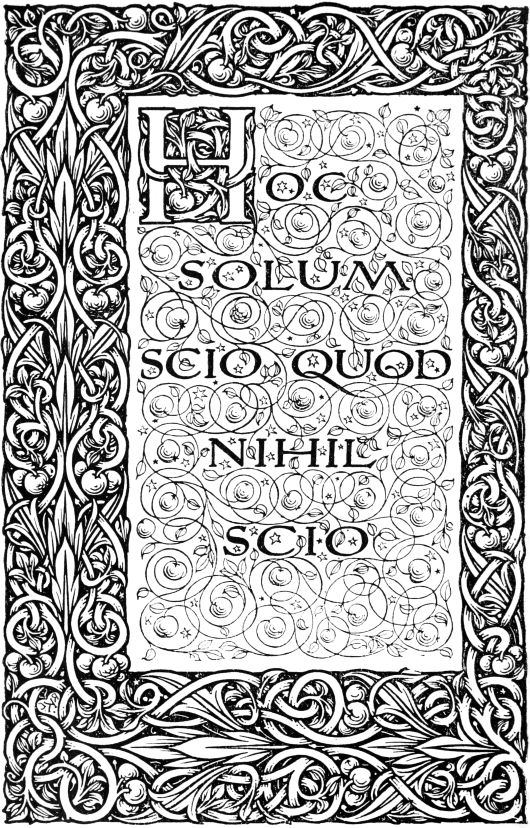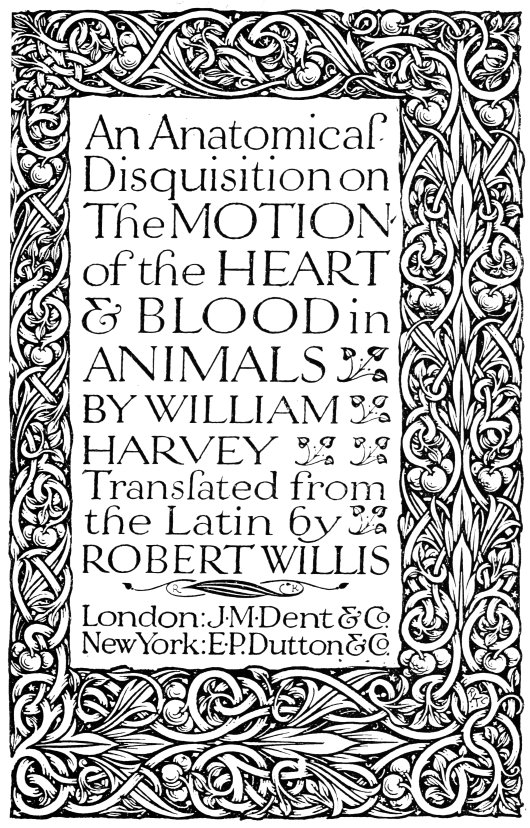The text of this e-book has been preserved as in the original,including inconsistent capitalisation and hyphenation. Archaic andinconsistent spellings have also been preserved except where obviouslymisspelled in the original.
To assist readers, an additional item (‘Editor’s Introduction’) hasbeen added to the table of contents, and an alphabetic jump-table hasbeen inserted at the beginning of the index. Hyperlinks have been addedto index entries and the table of contents, and to cross-referenceswithin the text. Page numbers are shown inthe right margin and footnotes are located at the end. Footnotes are listed at the end.
Spelling inconsistencies include (but are not limited to) the following:
Fifty/Fiftie
enjoy/enioye
natural/naturall
physitians/physicians
book/booke
aëreal/aereal/aërial
Corrected misspellings include the following:
preceive → perceive
under-their → understand their
retrogade → retrograde
aditional → additional
aud → and
so → to
Valkveld → Vlackveld
slugglishly → sluggishly
The cover image of the book was created by the transcriber and is placed in the public domain.
EDITED BY ERNEST RHYS
THE CIRCULATION
OF THE BLOOD
THEOLOGY & PHILOSOPHY
HISTORY ❦ CLASSICAL
FOR YOUNG PEOPLE
ESSAYS ❦ ORATORY
POETRY & DRAMA
BIOGRAPHY
ROMANCE

New York: E. P. DUTTON & CO.


PRINTED BY HAZELL, WATSON AND
VINEY, LD., LONDON AND AYLESBURY
vii
EDITOR’S INTRODUCTION
However much the renewal of classical learning inthe fourteenth, fifteenth, and sixteenth centuries mayhave furthered the development of letters and of art, ithad anything but a favourable influence on the progressof science. The inter